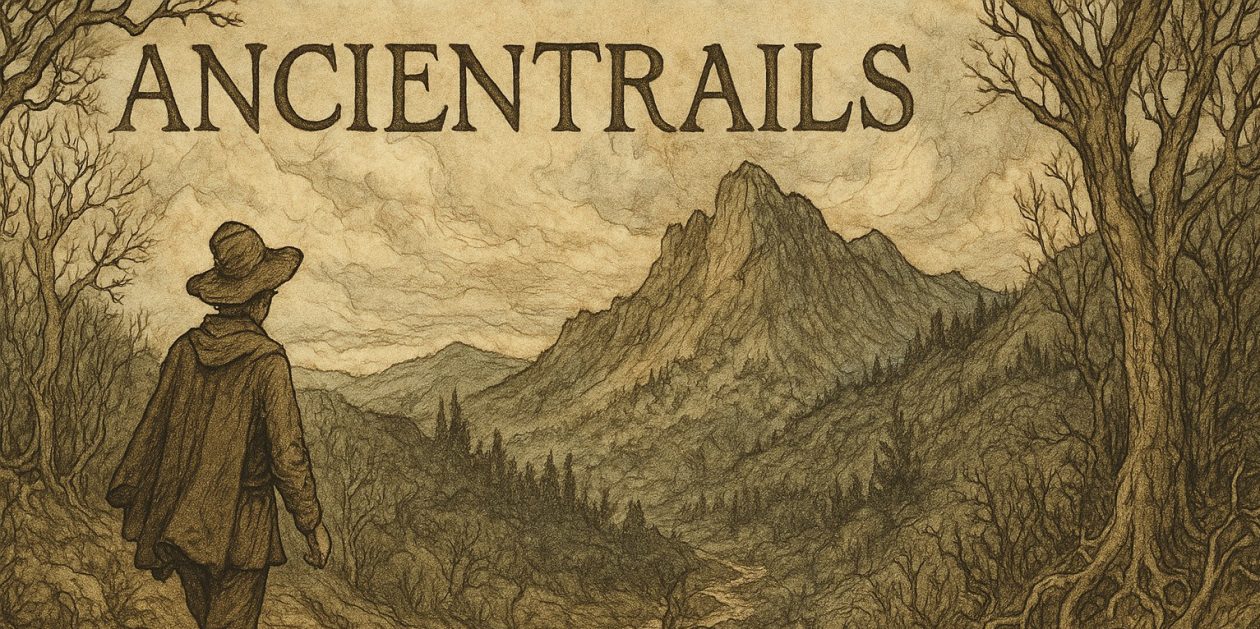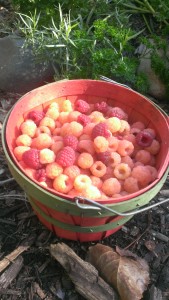Lughnasa College Moon
A project, perhaps the smooth beast rising from the deeps, keeps coming at me, jostling me, prodding me to imagine it into being. I’m not ready to go all the way there yet so let me set down a few bars, perhaps really only a jumble of notes not yet ordered by staff and clef.
1. American art. Here would be American works that found their muse in the West as it came to be in the minds of a young country. Here the work of the Hudson River School, the Ash-can School, Wyeth, Homer and Hopper, even Ed Ruscha, artists whose work clawed away at the truth underneath the bones of American life and culture. Warhol and Pollock and Rothko, too. Morris Louis. Photographers like Anself Adams and Walker Evans and Diane Arbus and Cindy Sherman and Edward Weston. Seeking the American through our art.
2. American music: jazz, Copland, Gershwin, Ives. Seeking the American in our music. Seeking the sounds that issue from the various rivers that make us an ocean.
3. American thinkers like the American Renaissance, like Dewey and James, Wills and Veblen, DuBois and Douglas. What is our manner of thought, our direction? Our ideas that tear away at the fabric of this country, peaking behind it, looking for its connective tissue.
4. American literature: Melville, Emerson, Hawthorne, Twain, Poe, Lovecraft, not just the luminaries here, but the dark lights, too. Probing, seeking for the through line from the first immigrants to the most recent, how they wove their lives together. Sinclair Lewis, Sherwood Anderson, Theodore Dreiser.
Poets yes, of course. Whitman, Silliman, Dickinson, Moore, Oliver, Berry, White, Collins…a long, long line of persons using words as scalpels to flense the fat off the American soul and leave it bloody, but bared
These are the source material, the Americanness. And yes, I need more women and yes, I need more variety, but this is a long project, perhaps the last project, one focused on who we say, show, play that we are. Theater is not there in the list. Neither is invention. Nor war. Nor democracy. Nor politicians. Nor sport. Probably should be.
This is too nebulous, too diffuse, too broad. In danger of being too shallow, too thin on the ground to matter. Maybe so. Or, maybe it’s just a search for the roots of my Self, its American roots. Not sure yet, like I said.


